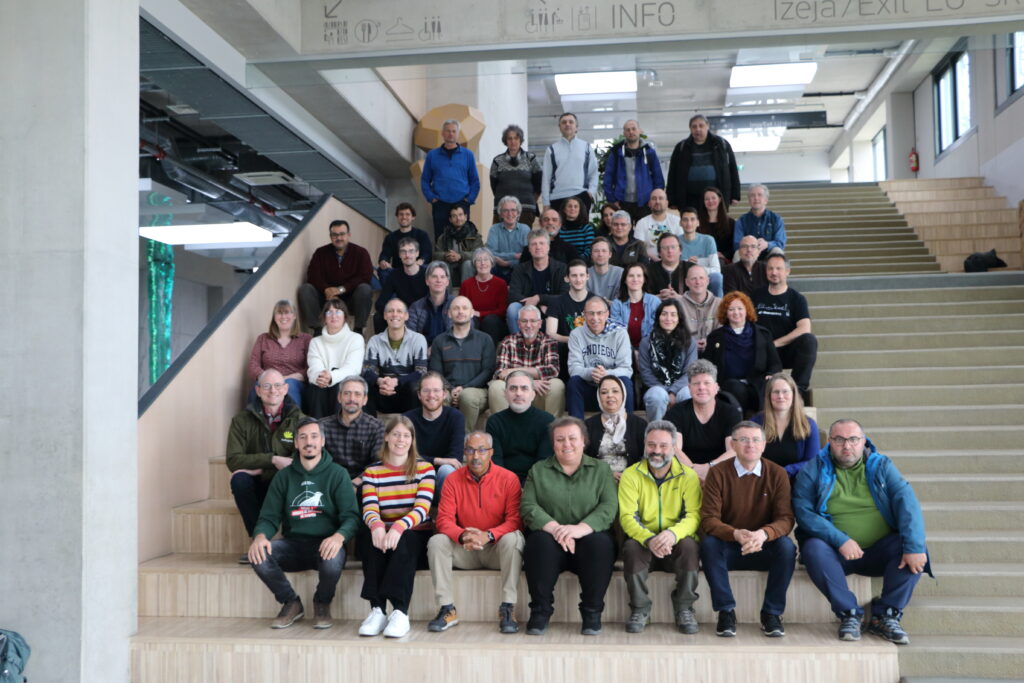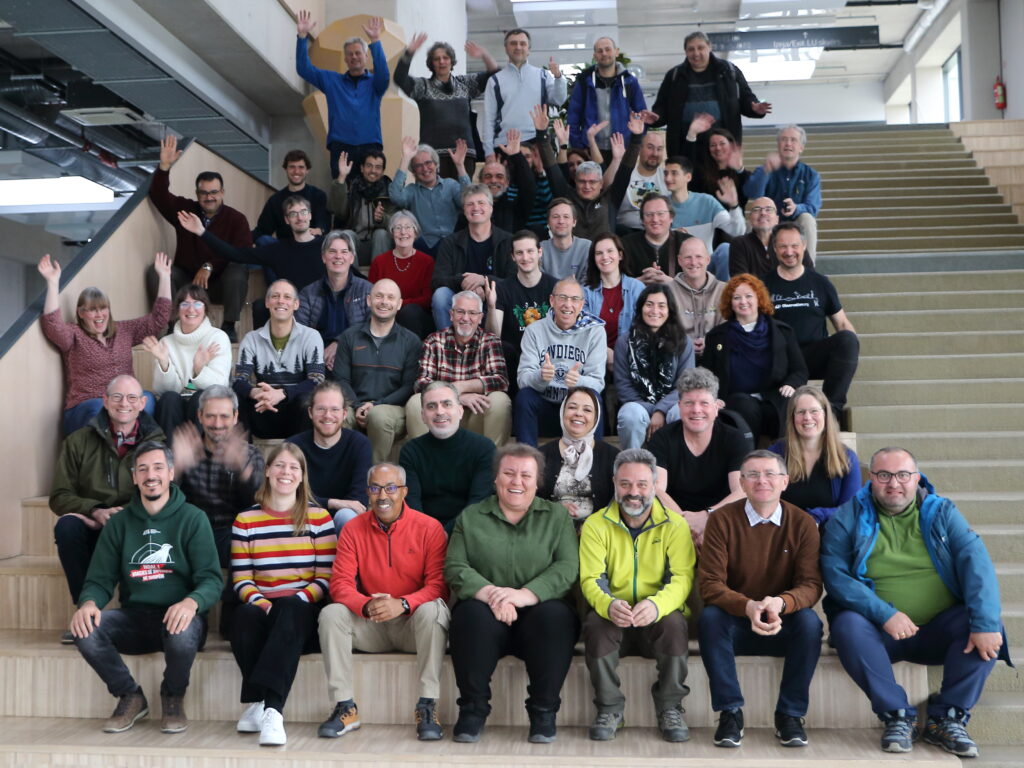
International waterbird census coordinators meet in Riga to strengthen monitoring efforts for waterbird conservation
-
Biodiversity - Flyways
Riga, Latvia – 5 April 2025 – The International Waterbird Census (IWC) coordinators gathered in Riga, Latvia, on 5 April 2025, for a meeting that brought together close to 50 participants from across the Western Palearctic. The event followed the European Bird Census Council’s BirdNumbers conference and focused on the future of waterbird monitoring and conservation in the region.

The IWC is one of the largest and longest-running biodiversity monitoring programmes in the world. As we approach the 60th count in January 2026, the coordinators met to discuss critical issues, share best practices, and ensure that the IWC continues to be an effective tool for both scientific research and conservation.
One of the key topics covered at the meeting was the maintenance of the IWC counter networks. Many countries rely on volunteers to carry out the census, a task that requires a high level of skill in both identifying species and accurately counting flocks. This type of counting differs from casual birdwatching; it is essential for the counters to adhere to specific methodologies, such as conducting coastal counts during high tides and reporting full species lists with accurate numbers. This rigorous approach is vital to inform global conservation policies and efforts.
Throughout the meeting, coordinators exchanged ideas on how to recruit, train, and retain new counters. Participants shared successful examples from countries such as the Netherlands, the UK, and Germany, where great efforts have been made to build and strengthen counter networks.
Another important focus was the importance of demographic monitoring for waterbird conservation. There is growing recognition that demographic data (age and sex ratios) can provide essential insights into the health of species populations. For instance, the sharp decline in the common pochard population is particularly concerning due to its disproportionate effect on female birds.
Currently, about half of the countries in the Western Palearctic collect demographic data, either through the IWC or through special monitoring programs targeting specific species or sites. However, more is needed to ensure that the information gathered is useful for population models and conservation planning. A framework is required to better explain the types of data needed and offer guidance on sampling methods and the timing of monitoring efforts.

The meeting also highlighted preparations for the 60th IWC count in January 2026. Coordinators expressed their enthusiasm for celebrating this milestone, recognising the contributions of counters and supporters, and raising awareness about the importance of the IWC. Plans for local celebrations were shared, with coordinators eager to highlight the significance of this global effort. Participants also discussed key messages to emphasise during these celebrations, including the value of citizen science and the major role the IWC plays in informing conservation strategies.
